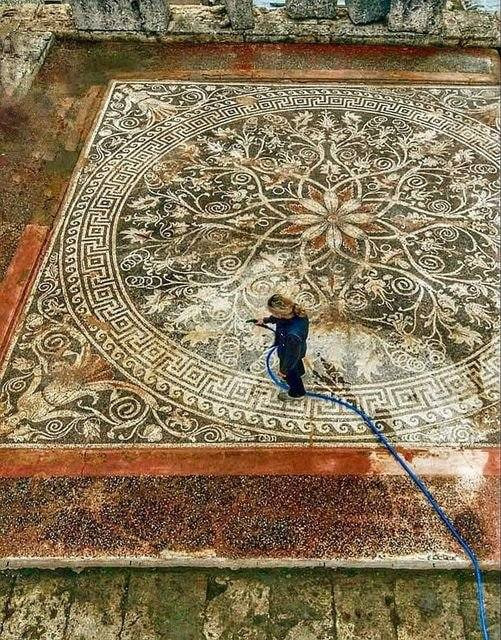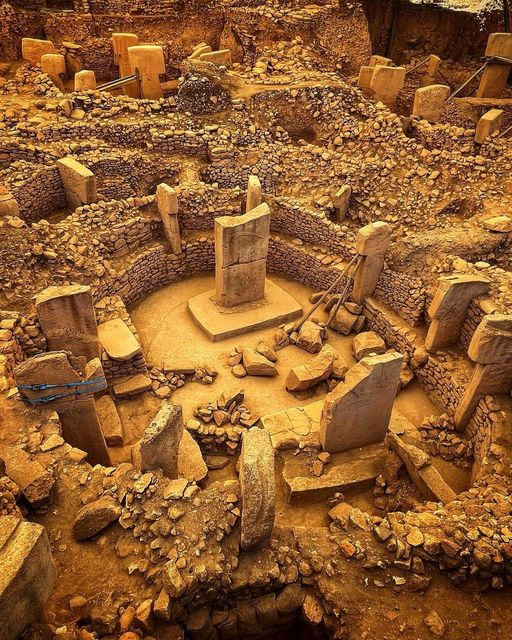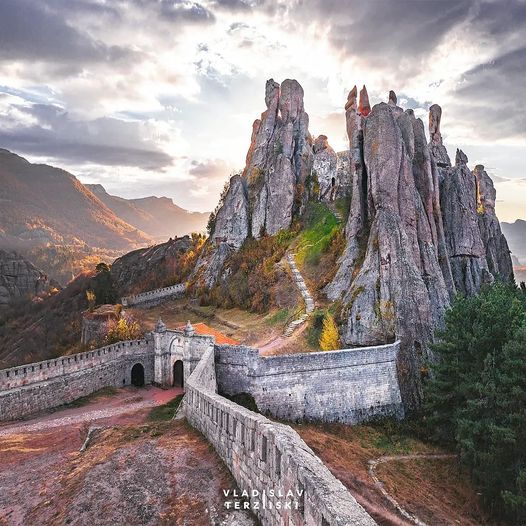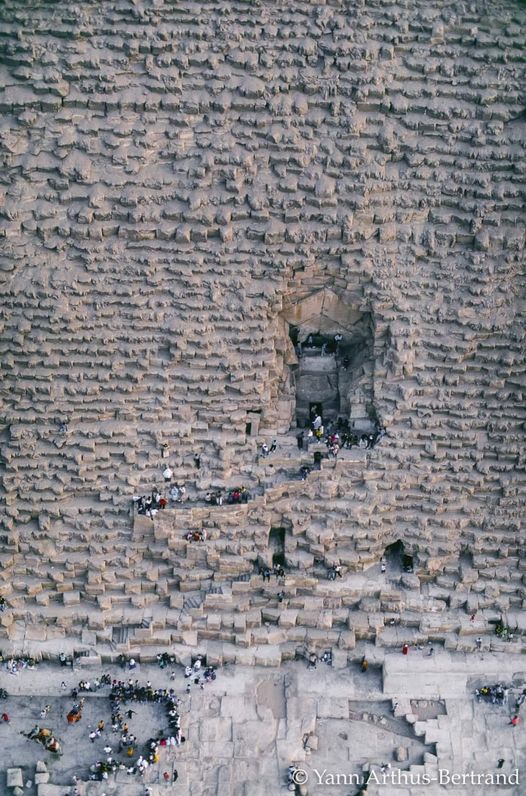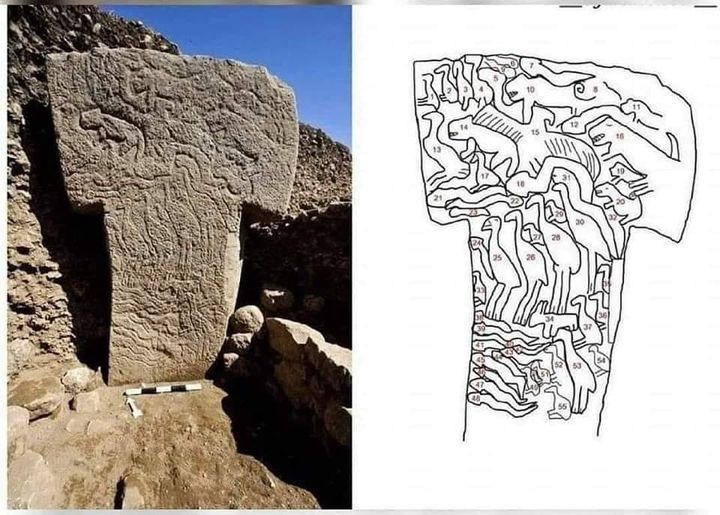Nestled beneath the bustling streets of Istanbul lies a hidden treasure—an ancient marvel known as the Basilica Cistern. This remarkable underground structure, located southwest of Hagia Sophia, stands as a testament to the ingenuity and architectural prowess of the Byzantine Empire. Built by Emperor Justinian I in the 6th century, the cistern is renowned for its stunning marble columns and serene atmosphere. In this blog post, we will delve into the history and significance of the Basilica Cistern, uncovering the secrets of this extraordinary subterranean world.
A Glimpse into the Past: The History of the Basilica Cistern
Constructed during the reign of Byzantine Emperor Justinian I in the 6th century, the Basilica Cistern served as a vital water storage facility for the city of Constantinople, now Istanbul. Its name, Yerebatan Palace, or Sunken Palace, reflects the awe-inspiring sight of its marble columns rising from the water. Originally capable of holding up to 80,000 cubic meters of water, the cistern played a crucial role in supplying water to the city's inhabitants during times of drought or siege. Over the centuries, the cistern fell into disrepair but was rediscovered and restored in the 20th century, becoming a popular tourist attraction and a symbol of Istanbul's rich history.

Marvels of Architecture: Exploring the Basilica Cistern
The Basilica Cistern is renowned for its remarkable architecture, featuring a forest of 336 marble columns arranged in 12 rows. These columns, sourced from various ancient structures across the Byzantine Empire, support the weight of the cistern's vaulted ceiling and create a mesmerizing visual spectacle. Among the most famous columns are the Medusa heads, which serve as the bases for two columns in the northwest corner of the cistern. Legend has it that these heads were placed upside down to neutralize their petrifying gaze—a testament to the superstitions of the time.

Intriguing Mysteries and Legends: Uncovering the Secrets of the Cistern
The Basilica Cistern holds its fair share of mysteries and legends, adding to its allure and mystique. One of the most enduring mysteries is the presence of two Medusa heads—one upside down and the other sideways—used as column bases. The origins of these heads remain shrouded in mystery, with theories ranging from ancient mythology to Byzantine recycling. Another legend surrounds the eerie atmosphere of the cistern, said to be haunted by the spirits of the past. Despite these mysteries, the Basilica Cistern continues to captivate visitors with its enchanting ambiance and architectural splendor.
As we conclude our exploration of the Basilica Cistern, we are left in awe of its beauty, history, and significance. This hidden gem beneath the streets of Istanbul serves as a tangible link to the city's rich and storied past, offering visitors a glimpse into the ingenuity and craftsmanship of the Byzantine Empire. As we wander through its dimly lit corridors and marvel at its majestic columns, we are reminded of the enduring legacy of ancient civilizations and the timeless allure of Istanbul's historical landmarks.
Archaeological Significance:
The Basilica Cistern stands as a testament to the architectural and engineering prowess of the Byzantine Empire, showcasing the ingenuity and resourcefulness of its builders. Through careful excavation and restoration efforts, archaeologists have been able to uncover the secrets of this ancient marvel, shedding light on its history and significance. The cistern's well-preserved columns and structures offer valuable insights into Byzantine construction techniques and architectural design, enriching our understanding of this fascinating period in history. As visitors explore the Basilica Cistern and marvel at its splendor, they contribute to the ongoing preservation and appreciation of Istanbul's rich cultural heritage.


